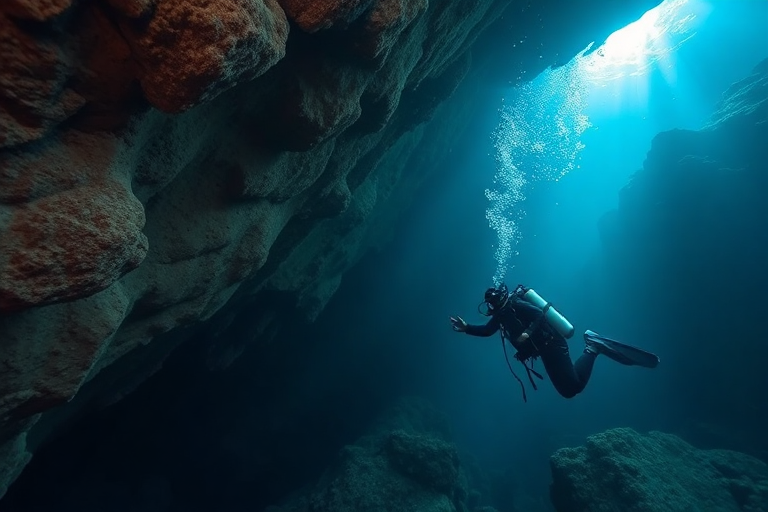
Cave diving is one of the most thrilling yet challenging forms of underwater exploration. It combines the beauty of underwater landscapes with the adrenaline of navigating through confined spaces. However, it’s not for the faint-hearted. Here are 10 essential things you need to know before embarking on a cave diving adventure.
1. It’s Not the Same as Open Water Diving
Cave diving is vastly different from open water diving. While open water diving allows you to ascend to the surface at any time, cave diving requires you to navigate through enclosed spaces with no direct access to the surface. This means you need specialized training and equipment to handle the unique challenges of cave environments.
2. Proper Training is Essential
Before you even think about cave diving, you must undergo specialized training. Organizations like the National Association of Underwater Instructors (NAUI) and the Professional Association of Diving Instructors (PADI) offer cave diving courses. These courses cover essential skills such as buoyancy control, line handling, and emergency procedures.
3. Equipment Matters
Cave diving requires specialized equipment. This includes redundant air supplies, powerful underwater lights, and reels for laying and following guidelines. Your gear must be meticulously maintained and checked before each dive to ensure safety.
4. The Importance of a Guideline
In cave diving, a guideline is your lifeline. It’s a continuous line that you lay from the entrance to your destination and back. This line is crucial for navigation, especially in low visibility conditions. Losing the guideline can be fatal, so it’s essential to practice proper line handling techniques.
5. Air Management is Critical
Air management is a critical aspect of cave diving. You must always have enough air to return to the surface, even if you encounter unexpected delays. The rule of thirds is commonly used: one-third of your air for the journey in, one-third for the journey out, and one-third as a reserve.
6. Visibility Can Be Challenging
Visibility in caves can range from crystal clear to almost zero. Sediment can easily be stirred up, reducing visibility to inches. This makes proper buoyancy control and line handling even more critical. Always be prepared for sudden changes in visibility.
7. Psychological Preparedness
Cave diving can be mentally taxing. The confined spaces, darkness, and potential for disorientation require a strong mental state. It’s essential to remain calm and focused, even in stressful situations. Regular practice and experience can help build this mental resilience.
8. Environmental Awareness
Cave environments are delicate and can be easily damaged. It’s crucial to be aware of your surroundings and avoid touching or disturbing the cave formations. Many caves are protected areas, and divers are expected to follow strict guidelines to preserve these unique ecosystems.
9. Dive with a Buddy
Never cave dive alone. Always dive with a buddy who is equally trained and experienced. A buddy can provide assistance in case of equipment failure, disorientation, or other emergencies. Communication and teamwork are key to a safe and successful dive.
10. Know Your Limits
Finally, know your limits. Cave diving is not a competition. It’s essential to recognize when conditions are beyond your skill level and to turn back if necessary. Overconfidence can lead to dangerous situations. Always prioritize safety over exploration.
Cave diving offers a unique and exhilarating experience, but it comes with significant risks. By understanding these 10 essential aspects, you can better prepare yourself for the challenges and enjoy the beauty of underwater caves safely.
Leave a Reply